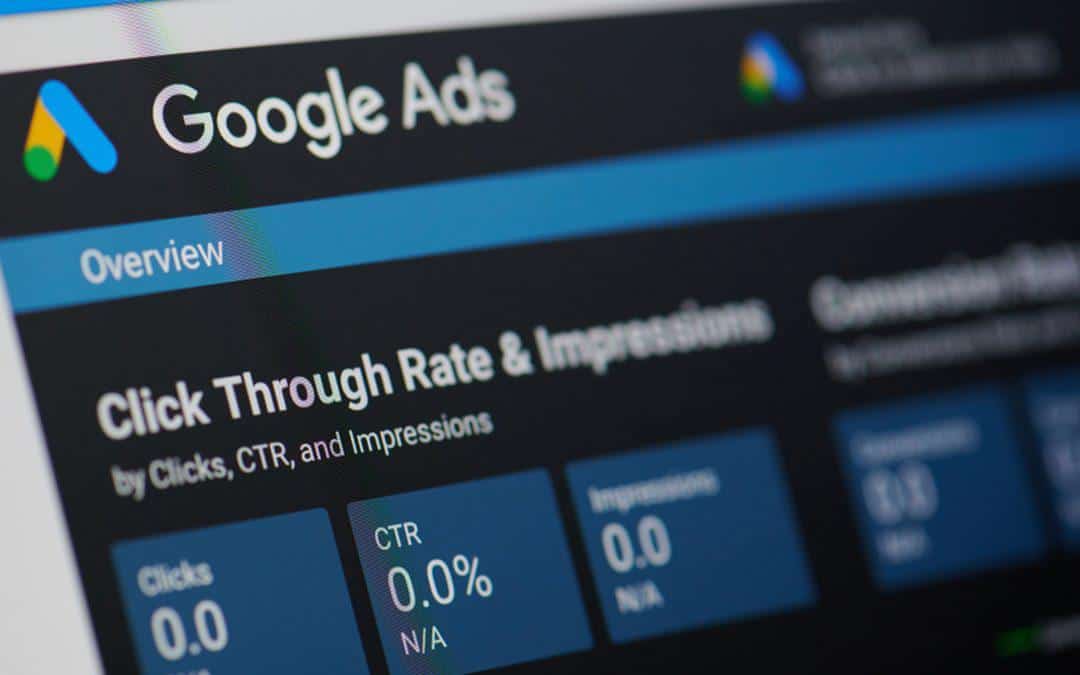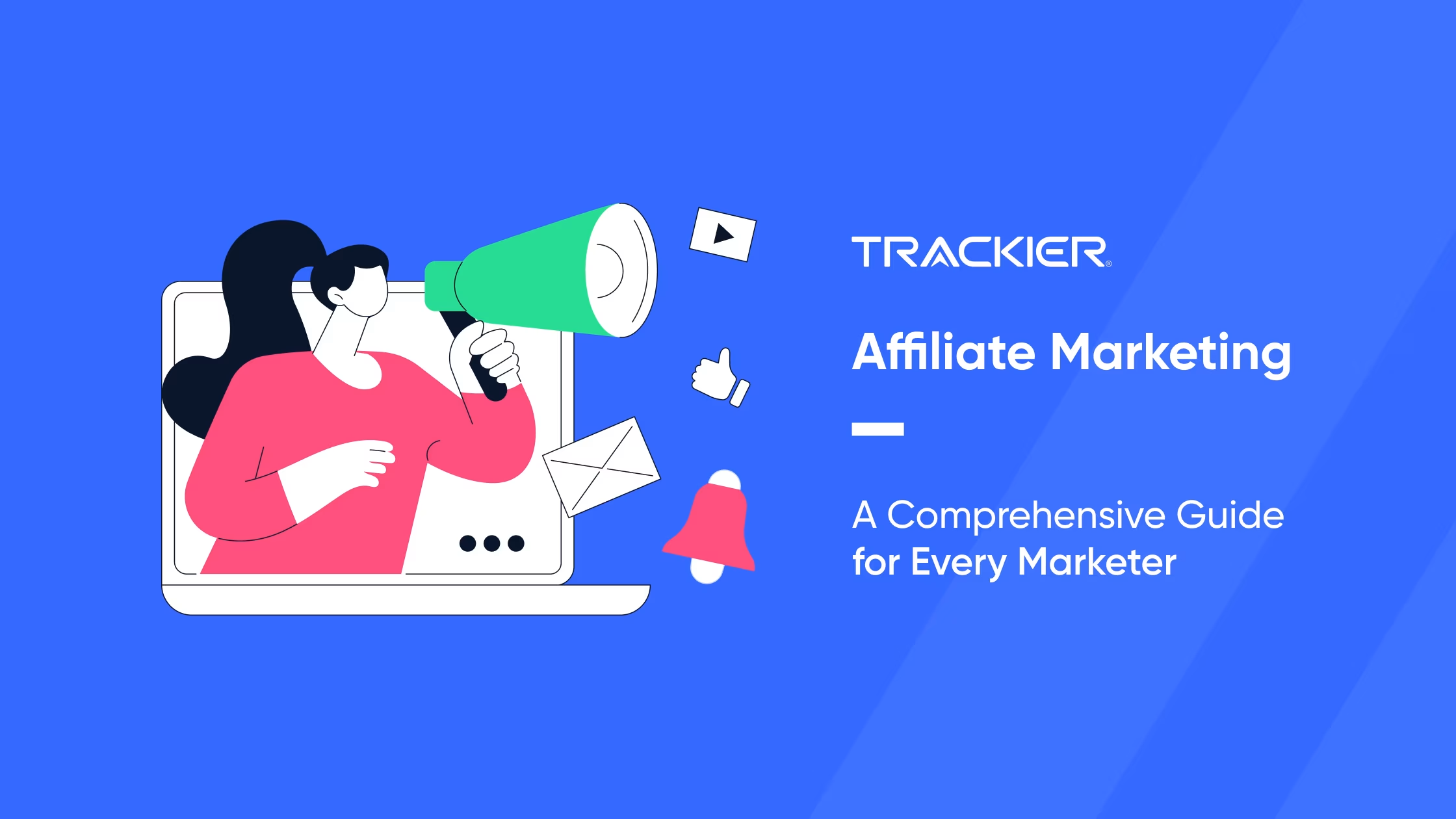Living in the year 2021 has opened up certain levels of challenges. At the one end, we are juggling with the situations of Covid-19, on the other hand, the impact of the pandemic has deflated the graph of business profits.
Due to this reason, almost every organization is knocking the gate of digital marketing with the purpose to stabilize the business moves.
When trying to ace the game of digital marketing, advertising the product on smart and digital platforms matters the most.
To complete the agenda software like DMP, SSP and DSP bolster in reaching out to the potential customers.
Once you grab the hands-on successive list of customers, it is vital to focus on strategy for optimization of the advertisement.
And when it comes to fetching the advertising campaign with the help of Google Adwords, it is really important to set the introductory budget to fully mark the practice of ad optimization.
Let’s lookout a few ways, following which you can lower CPC with Google Adwords optimization.

Method 1- Target Alternative Keywords:
If you are using the strategy of digital marketing you must be familiar with the terms of SEO.
Hence, targeting the keywords to reach out to the customers and rank in the list of SERP as well as get published on the website as a Google ad is quite prominent.
Let’s say, you are a startup company and targeting the business for the purpose of affiliate marketing.
Here, if you tend to target the keyword high in search volume, it is quite possible that the CPC of the specific keywords will be high due to its extreme competition amid the competitors.
In order to optimize the ad budget-friendly, it is advisable to target the alternative or semantic keywords rather than the main keywords, as they will be having a low competition as well as average CPC in the budget.
It is advisable to consider long-tail keywords along with semantic keywords to maximize the reach to the customer at lower CPC cost for Google AdWord optimization.
Along with semantic keywords and long-tail keywords, it is beneficial to look after certain words differentiating on the basis of match type i.e; the keyword you are targeting can change its position in the complete sentence, discarding it as a need to be exact and highly competitive keywords.
Method 2- Modify the Bids as Per CTR
For digital marketers, it is most important to look for the bidding rates by considering various factors responsible for attracting the customer to your advertisement, placed on the Google web pages.
When it comes to running an advertisement campaign online, CPC and PPC are the terms that bolster in understanding the incurred budget to pay for your ad.
Therefore, you should choose the bid amount that works in favor of a business.
Hence, you should consider adjusting the bid as per various factors based on the customer’s location, interest, browsing history and the involvement in registrations on portals like your business and many more
Adjusting the bids with CTR act as a big help for budding business organizations, as one can handle its daily traffic and CVR in a much better way by suspending the bids at the current moment if the received response is low on particular criteria.
Also, it is advisable to customize your Google ads on the basis of CTR by devices such as desktop, smartphones, and tablets. Understanding the facts and figures pertaining to reaching out of the website and becoming a customer is an easier deal in comparison to giving the resultless input for high bid amounts.
Method 3- Optimize the Ad Strategy with Golden Number ‘200’:
When it comes to cross-check whether your Google Ad words optimization strategy is working in an incredible manner or not, one can follow the rule for checking the credibility with the magic number ‘200’.
This means your ad can be optimized on the basis of golden digits i.e; 200 impressions and 200 clicks on the particular ad.
It is easy to say that, if your ad holds at least 200 Impressions, one can judge whether the optimization strategy is working for the business benefit or not. If in that case, CTR is low then it is advisable to filter out certain keywords that are bidded for Google ad optimization due to it’s failing capacity of bringing the customers on your landing page.
If your ad marks more than 200 clicks and its CTR rate is high, it is easy to check the CVR and construct the following strategy in a defined fashion.
Following the above-mentioned constructive ways, one can target to lower the CPC through the apt strategy of Google ad optimization and can bring the business on a whole new level for marking it as a successful attempt.



